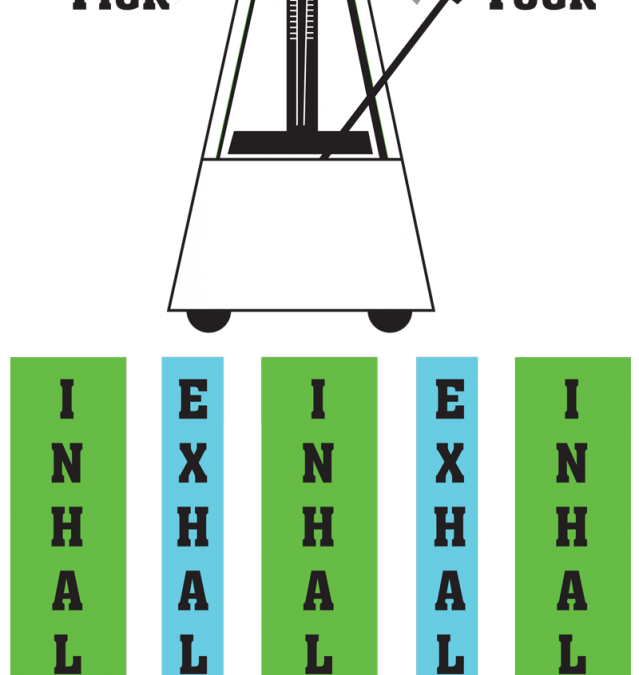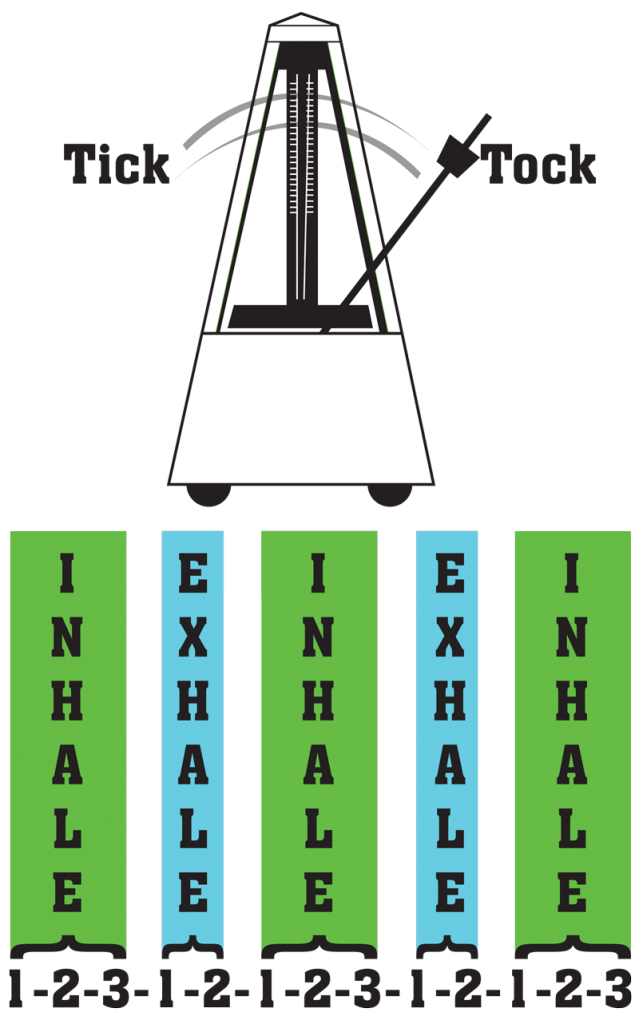Something as simple as working on your breathing can help you improve your race times.
Breathing. You do it all day, every day. And all night. But do you actually think about it? You might when you are three quarters of the way through a 5K and you are breathing hard, digging for that last bit of energy to propel you across the finish line with a new personal best time.
The amount of oxygen in your blood directly relates to the fatigue you feel in a run. When those supplies start to dwindle, you start breathing hard. Athletes work to build up their VO2 max, the maximum rate of oxygen consumption during exercise, in order to run faster, longer.
I have found that I am a “counter” when I run. As I take a stride, I count. Don’t ask me why, I just do. I get to one hundred and start again. It’s not all the time, but when I am working on my cadence, it is just a natural way to acknowledge each footstep. It’s like my own mental metronome.
I have read a lot of articles that deal with cadence and have worked on running comfortably at around 180-190 footsteps per minute. This more rapid pace keeps me from over-striding and keeps my running form in check. There is less wasted motion and energy in a rapid running cadence. Top marathon runners utilize a cadence of 190 and greater. Yet when you watch them, they look like they are not running very fast, when in reality they are churning away at a five minute per mile pace for the entire race. It is all about efficiency.
I have also read about diaphragmatic breathing, or breathing from the belly. Core muscles relax on the exhale and are engaged on the inhale. Keeping the core strong and engaged makes it less likely to get injured or get muscle cramps like side stitches. A strong core is another factor in keeping proper running form.
When I put cadence and breathing together, I have found that a 2/3 ratio between exhale and inhale puts me at the top of my game. I pace my breathing with my footsteps.
For each inhale, I count three footsteps. Two for each exhale. Now in my head I count 1, 2, 3, 1, 2, 1, 2, 3, 1, 2, etc. At the 180-190 cadence, I am comfortably getting my lungs full and expelled in a rhythmic pattern. The deep inhale comes all the way from my belly, or diaphragm. The quick exhale clears out all of the carbon dioxide, making room for the next deep breath. According to Dr. John Doepper of Capitol Rehab of Winchester, Virginia:
Diaphragmatic breathing is more efficient because it allows more oxygen into the lower lobes of the lungs. This is where the greatest amount of blood flow occurs thus more oxygen and better delivery of nutrients to the tissues. Rapid, shallow, chest breathing results in less oxygen. This also creates a stressful state. This can lead to quicker fatigue, cramps and muscle aches, particularly in the neck and shoulders. I recommend my patients practice diaphragmatic breathing at home. A simple test is to put one hand on your diaphragm and the other on your chest. The hand on the diaphragm should move more than the one on the chest with each breath. If it is not practice moving the lower hand with your breath.
This rhythmic breathing also helps to keep me focused and consistent throughout a run. I have found that I can “check out” mid-run as my mind wanders or as I am observing the scenery around me. For leisurely runs or long training runs, this is fine. But on race day, this can ruin a solid run. I need to be focused. The steady rhythm of my footsteps paired with my breathing keeps me in the zone, focused on running down the competition, not daydreaming about what kind of snack is in the goodie bag at the finish line.



